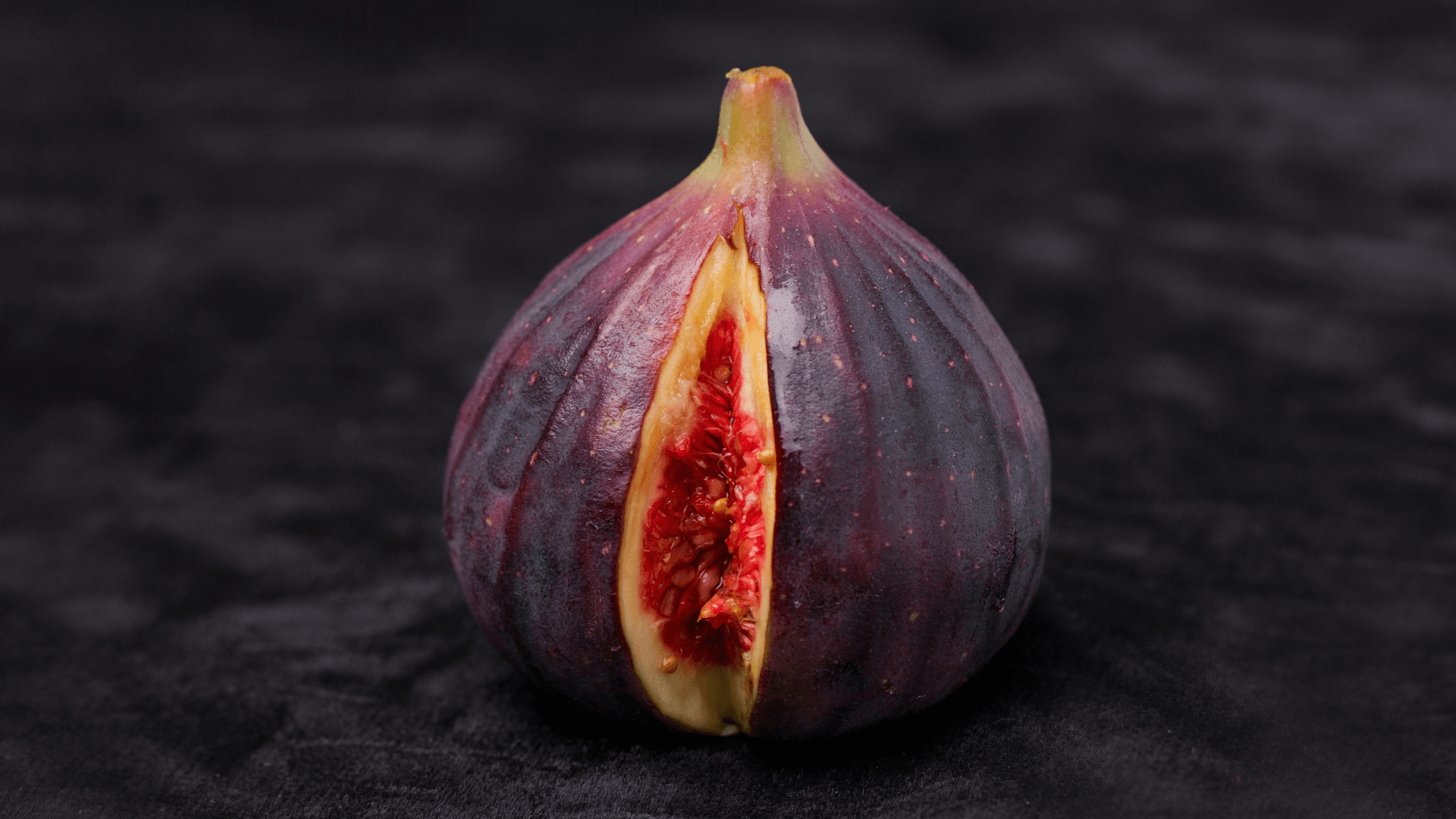It’s 2024 – Why Do We Still Know So Little About What’s In Our Period Products?
The average menstruating person will have 451 periods in their life, which equates to around 3,500 days of bleeding. That’s a lot of time – and money – spent buying and using period products. But how much do we know about what is actually in them? Users of menstrual products are not customers by choice but necessity. And yet the contents of sanitary items have only recently become subject to widespread scrutiny. Why has it taken so long to vet what goes into these products, and what is the impact of this lack of research?
In June 2024, a study was published by researchers at UC Berkeley that found traces of arsenic and other toxic metals in all 30 tampons they tested from a range of 14 brands. Worryingly, this was the first-ever study of its kind. The effects of these metals are still unknown, as more research is due to be conducted regarding absorbency into the body. As Dr Abee Boyles, a scientist at the National Institute of Environmental Health Sciences in the US, says, “There is surprisingly little information available about the long-term safety of feminine hygiene products.”
Speaking of delayed research, period blood only started being used in the testing of sanitary products for the first time in 2023. Before then, scientists used saline and water to test absorption rates – liquids with different physical properties to blood – potentially leading to inaccuracies in test results. This could result in further implications when it comes to gynaecological issues, such as heavy menstrual bleeding going undiagnosed due to misleading absorbency labels on sanitary products.
These studies were not the first to raise alarms regarding the menstrual health industry. In February 2019, hundreds of Kenyan women took to Twitter using the hashtag #MyAlwaysExperience. They shared symptoms of burning, itching and rashes linked to the use of pads by the brand Always, and claimed that lower quality, unsafe materials were used in the African market. Politician and activist Scheaffer Okore also shared women’s stories anonymously on Twitter, with one user writing: “I have to put up with the odour, the itchiness, the discomfort… My period is such a dreaded time”. Another wrote: “I suffered through six days of substandard Always pads burning me, causing an itch and rash and leaving me sore after the ordeal. The odor was horrendous”. Always Kenya denied the allegations and has since claimed to have reformulated its products.
The overall lack of research into both the efficacy and safety of all period products cannot be denied, so what’s behind it? According to gynaecologist Dr Sadaf Lodhi, “The delays in research, particularly on tampons and other menstrual products, stem from historical gender biases in medical research, prioritising other areas of health over women’s reproductive issues.” Women have historically been underrepresented in scientific research and remain overlooked, she says, with “a lack of prioritisation and funding in this area, which has slowed progress in understanding the potential health impacts of the chemicals and materials used in these products.”
Gender bias encompasses the wider social issue of stigma surrounding menstrual health, which significantly impacts medical proceedings and research – with potentially devastating effects. “There is stigma surrounding menstruation that has contributed to the lack of urgency [in research],” says Dr Lodhi. “Women’s gynaecological health is absolutely critical but remains stigmatised. Topics such as menstruation, sexual health and fertility are considered taboo in many cultures. This stigma [also] prevents women from seeking timely care, which can delay diagnoses and treatments for conditions like endometriosis, cervical cancer or female sexual dysfunction.”
Another element of the gender bias is the branding of menstrual health products as ‘luxury’ items, rather than necessities. As Dr Lodhi highlights, “Many menstrual products are classified as cosmetics rather than medical devices, meaning they face less stringent regulation and scrutiny.”
This mindset impacts not only regulation of products but also accessibility. Tampons in some countries (including Italy, Spain and China) and US states Arizona and Tennessee are still subject to sales tax or VAT (this so-called ‘tampon tax’ was only abolished in the UK in 2021), pushing them into the category of ‘luxury’ cosmetic items and beyond the means of millions of women and girls. Meanwhile, organic, ingredient-transparent brands usually sit at a higher price range due to higher production costs, and are less widely stocked than mainstream products. This positions period safety as a privilege. In 2023, Action Aid in the UK reported that the number of people struggling to afford period products had risen from 12% to 21% in just one year. And a US study found that the price of sanitary pads is up 41% since 2019. “Accessibility and affordability must also be addressed so that all individuals can access safe, reliable period care options,” says Dr Lodhi.
Thankfully, a new generation of women-owned menstrual health brands – such as LOLA, The Honey Pot and Cora in the US and Dame in the UK – have entered the industry, prioritising safety and transparency. Founded almost a decade ago, LOLA was born after co-founders Alex Friedman and Jordana Kiers “realised there was a massive lack of transparency around the ingredients in period care products”, explains the brand’s general manager, Kelly Murphy.
“After investigating, [they] realised that all available tampons on the market at the time were filled with synthetics and toxins. Ingredient transparency is the pillar LOLA was founded on, and it remains our foundation to this day. The rationale is simple: people deserve to know what’s in the products they’re putting in and on their bodies.”
One look at LOLA’s social media or website and the commitment to honesty is clear – it recently commissioned third-party testing of its products, which revealed that no metals were detected in the tampons, pads or liners. And while factors such as testing and a focus on natural and non-toxic ingredients places products at a slightly higher price point (a month’s supply of tampons starts at $8 on subscription), the transparency allows users to make informed choices. “A lot of this comes down to education,” explains Murphy. “The majority of women and menstruators still aren’t aware that they should be concerned about the formulation of the products they’re putting in and on their body, nor are they aware that non-toxic options exist and are easily accessible.”
When asked if there was enough research into period products and women’s health generally, Murphy answered, “A resounding no,” adding that “there is and always has been a huge dearth of research on women’s bodies and women’s health that has put our lives and safety at risk in so many ways. We need to continue demanding more research on period products’ impact on women’s health and higher standards more broadly for the products and materials that impact our health.”
Georgia Moot is a model and writer based in London and New York. She discusses sociopolitical topics and has written for British Vogue, Elle UK, Browns, and Dazed




